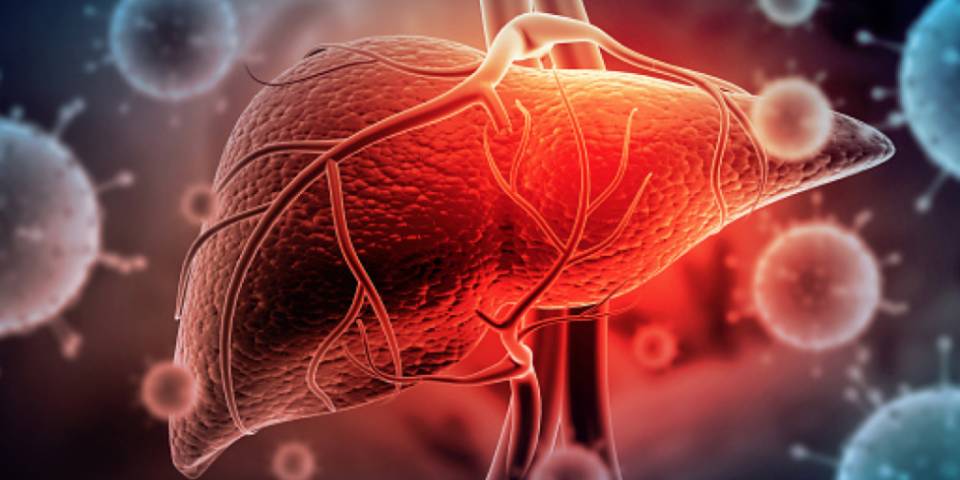We know that the Liver is an important and Largest organ in the Human body and it has its regeneration properties. The liver is also an important organ, known to perform over 200 functions from combating infections and supplying glucose to storing iron and detoxifying blood. The liver can repair itself when the liver is damaged by about 50 to 60%, but when the complete liver is scarred then at this condition it can’t repair itself. In that case, it shrinks and hardens, which is called cirrhosis. Chronic Hepatitis is one of the major causes of liver cirrhosis. When the liver is consistently inflamed due to chronic hepatitis, it can lead to a severe condition known as liver cirrhosis. but liver cirrhosis can be avoided with the right treatment of Chronic Hepatitis. Dr. Manoj Dongare one the best liver specialists in Pune has shared valuable information about how to identify chronic hepatitis and how it is treated before they get to Liver Cirrhosis.
Dr. Manoj Dongare is a renowned Liver Transplant Surgeon in Pune having expertise in managing all types of major Liver diseases. He has performed 600 liver Transplants, 300 Pancreatic Resections (including portal vein resections, Post chemoradiation), and 400 liver resections for colorectal metastasis and HCC’s, Extended hepatectomies +/- Vascular resections for cholangiocarcinomas, 2 stage hepatectomies, and ALPPS
What is Chronic Hepatitis?
Hepatitis refers to inflammation of the liver, often caused by viral infections, particularly hepatitis B (HBV) and hepatitis C (HCV) viruses. When the inflammation lasts for more than six months, it is considered chronic hepatitis. Chronic hepatitis can also result from other causes, including excessive alcohol consumption, autoimmune diseases, and non-alcoholic fatty liver disease (NAFLD).
The Liver's Response to Chronic Hepatitis:
In the early stages of hepatitis, the liver can often repair itself. However, chronic inflammation over an extended period leads to repeated cycles of injury and healing, which can cause scarring (fibrosis). As fibrosis progresses, the liver’s ability to regenerate and function normally diminishes.
From Fibrosis to Cirrhosis:
Fibrosis is the first stage of scarring in the liver. It occurs when the liver tries to repair the inflammation caused by chronic hepatitis. The liver produces excess collagen to repair the damage, but this collagen can build up and create scar tissue. Over time, the accumulation of scar tissue disrupts the normal structure of the liver, making it harder for blood to flow through the liver and for the liver to perform its essential functions.
When fibrosis becomes extensive and severe, it leads to cirrhosis. Cirrhosis is the final stage of liver scarring, characterized by significant structural and functional damage. At this stage, the liver is no longer able to regenerate, and its ability to perform vital functions is severely impaired.
Treatment Options:
For Chronic Hepatitis:
- Antiviral Medications: For chronic hepatitis B and C, antiviral drugs can help suppress viral replication and prevent liver damage.
- Interferon Therapy: Used in some cases to raise the immune system’s capacity to fight the virus.
- Lifestyle Changes: Stopping alcohol, keeping a healthy diet, and handling underlying conditions like diabetes can help improve liver health.
For Liver Cirrhosis:
- Treating the Underlying Cause: Overseeing Cirrhosis hepatitis, and controlling liquor utilization, and means quite a bit to treat other hidden conditions.
- Medications: To manage difficulties like portal hypertension, ascites, and hepatic encephalopathy.
- Lifestyle Changes: eat a healthy diet, regular workout, and avoid substances that can worsen liver damage.
- Liver Transplantation: In advanced cases where liver function is hardly impaired, a liver transplant may be necessary.
Chronic hepatitis is a significant risk factor for the development of liver cirrhosis. Understanding the progression from hepatitis to cirrhosis is essential for both prevention and management. Early diagnosis, appropriate medical treatment, and lifestyle changes can help mitigate the risk and improve the quality of life for those affected by chronic hepatitis. If you have been diagnosed with chronic hepatitis, working closely with your healthcare provider is key to managing your condition and preventing the serious consequences of liver cirrhosis.

